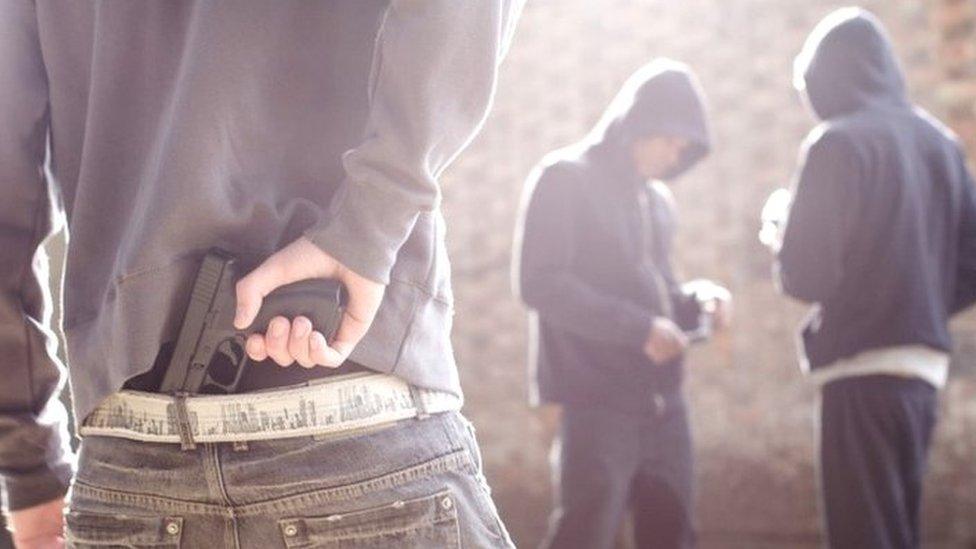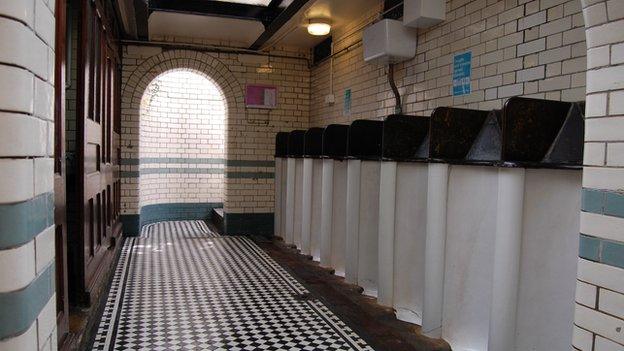Reality Check: Is UK the 'drugs market of Europe'?
- Published

There have been more than 50 murders in the capital so far this year - and MP David Lammy says the drugs trade is driving a rise in violence.
"We are the drugs market of Europe," Mr Lammy told BBC Radio 4's Today programme.
The Tottenham MP added that the UK's drugs market was worth £11bn, and London was at its centre.
Tottenham MP David Lammy tells Today the London mayor is yet to visit
This figure comes from the National Crime Agency, which says that drug trafficking to the UK costs an estimated £10.7 billion per year.
This actually refers to the cost to the public purse of illegal drug use - in treating people in the NHS, the costs to the courts of dealing with offences, thefts by drug users and so on - rather than the worth of the market.
The Home Office has estimated the illegal drugs market to be worth £5.3bn.
Like any illegal activity, finding reliable data can be tricky, but piecing together the evidence certainly suggests the UK does have a significant drugs market.
Almost one in 10 adults said they'd used an illegal drug in the last year, which gives a sense of the scale.
In 2014, the Office for National Statistics said illegal drugs added £4.4bn to the UK economy.
In England and Wales, a confidential household survey asks people whether they have used an illegal drug in the last year.
Respondents fill in the survey themselves - the idea is to reassure people the survey is confidential in order to make the responses more reliable.
A fictional drug is included in the survey to try to weed out people being untruthful in their responses.
The latest figures show, external around 8.5% adults aged 16 to 59 in England and Wales took an illegal drug in the year 2016-17. This is much lower than ten years ago.
In Scotland, the latest figures for 2014-15 found 6% of adults said they had used one or more illegal drug in the last year.
Of 25 European countries that submitted data, external last year, the UK had the seventh highest proportion of its residents saying they had taken an illegal drug in the last year, according to the European Monitoring Centre for Drugs and Drug Addiction (EMCDDA).
It had the highest proportion of cocaine users, however, and the third for ecstasy.
But we don't just have to rely on whether people say they are taking drugs or not.

A study found 894.9mg of cocaine for every 1,000 people in London, flushed away down its sewers
Analysis of sewage highlights London's place as one of Europe's leading users of illegal drugs.
By measuring traces of drugs in sewage systems, the Sewage Analysis CORe Group Europe (SCORE) has been able to measure drug-taking habits in more than 50 European cities.
In 2016, when London last participated, the city came second only to Antwerp in cocaine usage - although it does vary year on year. Barcelona, Zurich and Amsterdam also have relatively high drug use.
In the three years before, London was number one, and still comes out on top for cocaine use on weekdays.
However, variations might also be linked to differences in purity as well as quantity of usage.
For example, drug purity on average in Belgium is 78% compared with 44% in UK, which could partly explain how Antwerp topped the charts for how much cocaine was found in their pipes.
And not every country has submitted data for every drug each year. In the years when London has participated in measurements of ecstasy, it has appeared in the top five.
In the EU, the retail market for illegal drugs is estimated to be worth at least 24 billion euros (£18 billion).
The biggest market is for cannabis, followed by heroin then cocaine.


